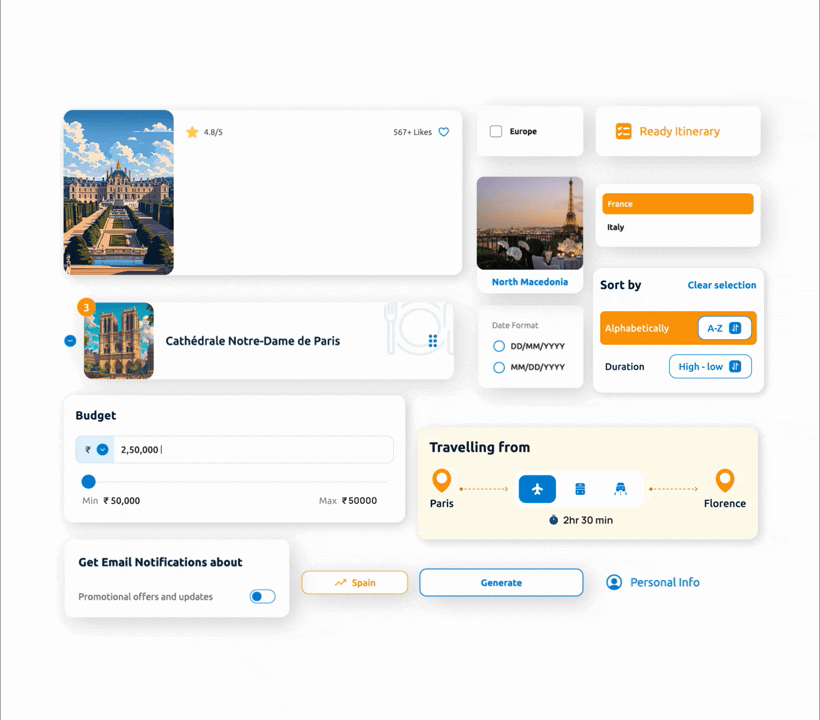Orion is an MVP Product that seeks to help travellers and potential travellers plan their itinerary, which is the easiest way it can get. The features can help the users perform their tasks, yet they are minimized so that users don’t feel the weight or pressure of dealing with so many details.
How long will you look for the best flight price and timing for your trip, or how long will it take to find the ideal hotel for your vacation? You can agree that, it takes weeks of subconscious planning, and some people even delegate their travelling plans because of the stress.
The STEP process has been the go-to strategy for ensuring the implementation process flows smoothly towards completion. STEP is an acronym that stands for Soak, Think, Execute, and Proof.
The process is divided into three phases to ensure no stone is left unturned to give the users the best experience: UX Research, UX Design and UI Design. A competitive analysis was conducted to identify strategic methods for positioning the app to the users.

UX Research helped identify solutions to the user problem. We designed the sitemap which gave a clear and logical arrangement of the main pages(Homepage, Curated Trips and My Trips). The feature lists helped identify the core function of the website which is to generate trip itinerary easily. The task flows drew out a simple user journey from the login page to itinerary page.

This phase marked the transition from abstract concepts to a concrete digital experience. The UI design was comprehensive enough to match the user flows and features into a cohesive design. We created a mood boards that revolved around a bright and lively theme to add emotions to the design and immerse the users into a vacation mode.

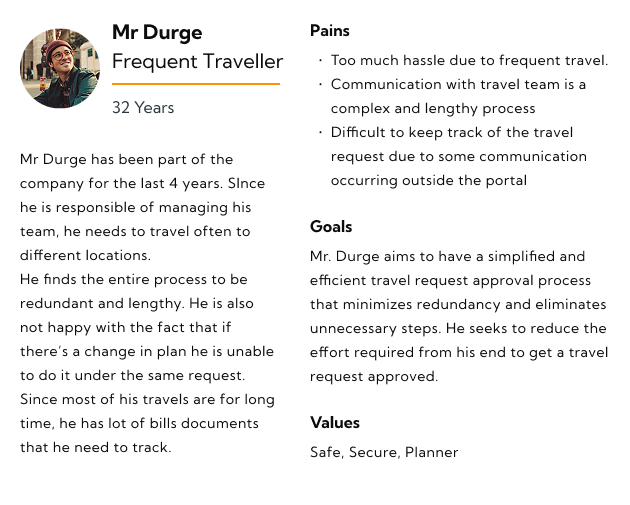





We did a competitive research to help us understand what a typical travel website or app looks like. They all had different modes of generating an itinerary for the user which were sometimes stressful. They all focused on selling tourism products rather than selling a solution— an itinerary. Focusing on creating the perfect itinerary is enough push to make customers out of the users.
We arranged the information into structured sitemaps to improve navigation and make the user experience more enjoyable.
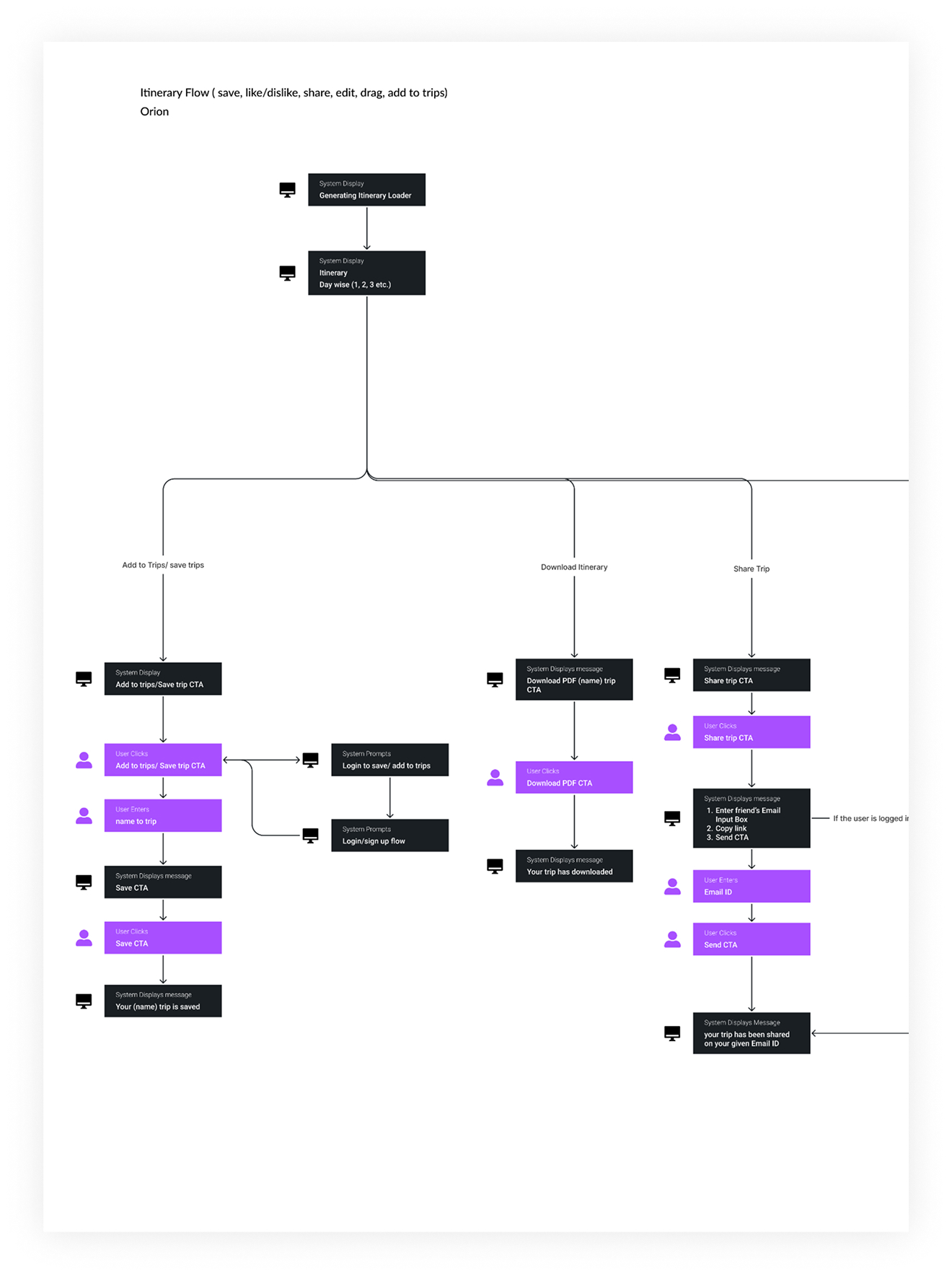
The Sitemap was redesigned to improve the usability of the application.
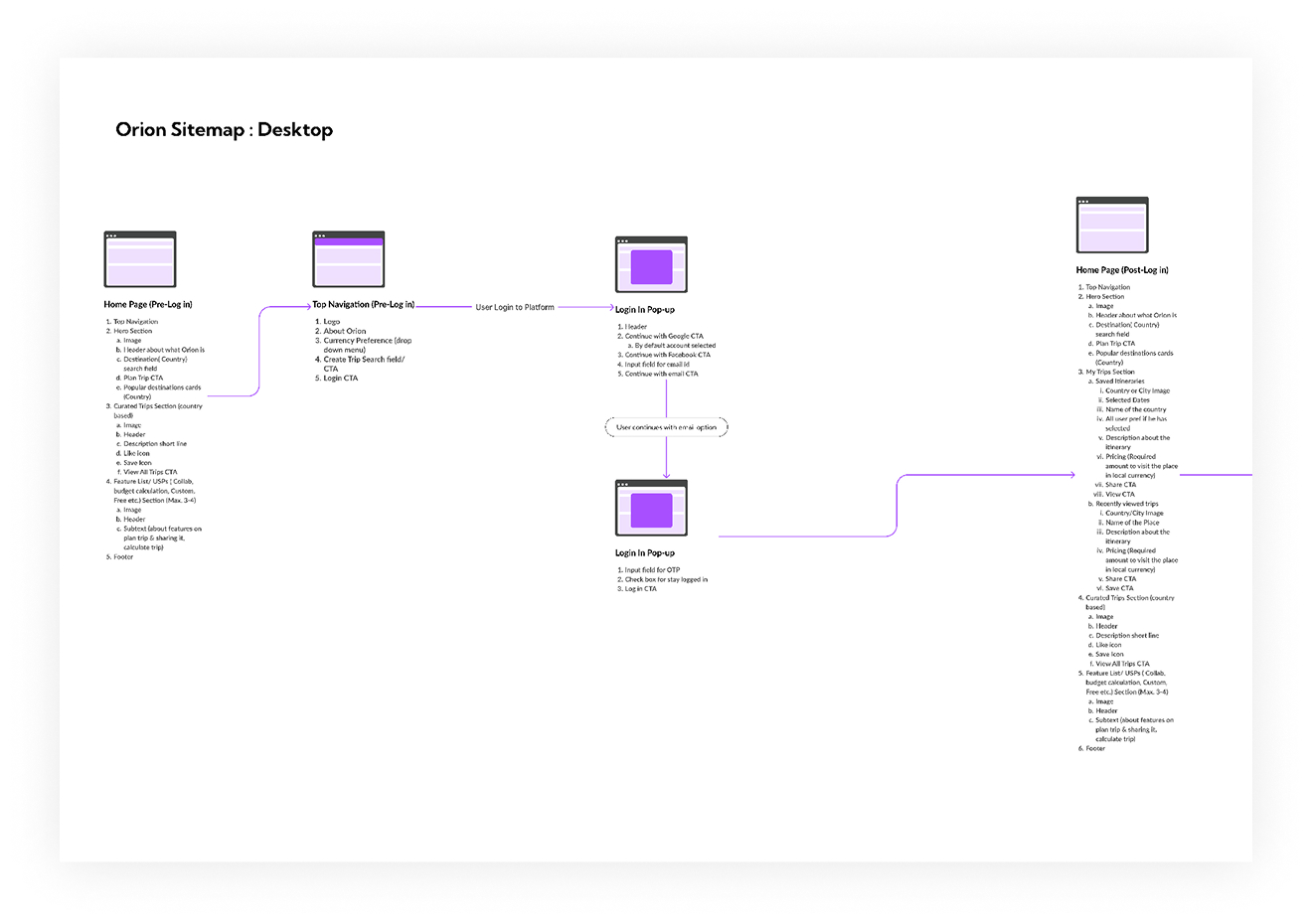
This is like a draft designed to test the functionality and how it matches the client's brief before the main design.

The UI design brought our ideas to life. Our designers selected UI elements like colours, typography, and a design system aligned with the research and UX recommendations. Another thing we kept in mind was compliance with the brand identity.



